
Multiple Mediator Subunits Impact Metabolism
Research, The Plant Cell, The Plant Cell: In a NutshellDolan et al. examine how a complex that regulates gene expression alters the production of phenylpropanoids https://doi.org/10.1105/tpc.17.00282
By Whitney Dolan and Clint Chapple
Background: Plants produce a vast array of compounds known as phenylpropanoids from the amino acid phenylalanine.…

Axis of Algae: Disruption of Basal Cell Fates in the Brown Alga Ectocarpus
Blog, Research, The Plant Cell, The Plant Cell: In BriefPolarization may be bad for civil discourse, but sometimes polarization can be good—for example, if you’re a multicellular organism setting its body axes. In many organisms, polarity within the zygote sets the stage for an asymmetric cell division that defines the apical-basal polarity of the developing…
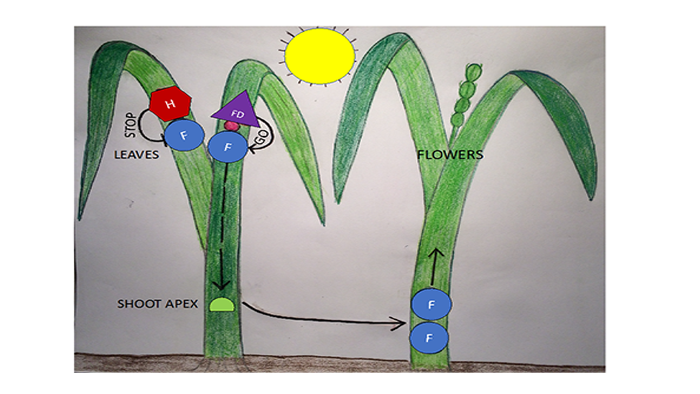
How Signals in Plant Leaves Influence Flowering
Research, The Plant Cell, The Plant Cell: In a NutshellBrambilla et al. describe antagonistic signals in rice leaves that control flowering https://doi.org/10.1105/tpc.17.00645
By Vittoria Brambilla
Background: A plant’s lifecycle is marked by a major switch occurring when the plant stops producing leaves and starts to make flowers. This switch is…
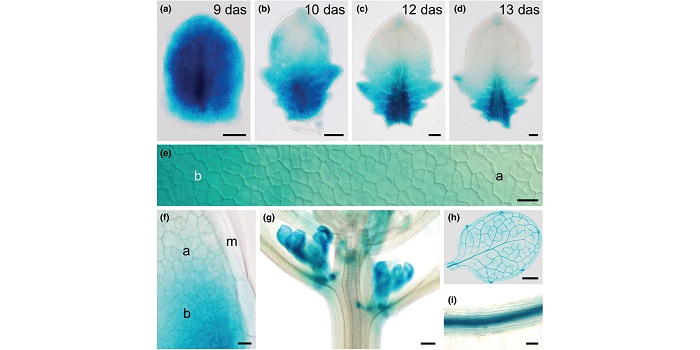
VASCULATURE COMPLEXITY AND CONNECTIVITY required for bilateral symmetry but not for dorsoventrality in Arabidopsis leaves
Blog, Plant Science Research Weekly, Research, Research BlogThe formation of the lobes at the Arabidopsis leaf margin are due to differences in local auxin accumulation, coordinated by auxin efflux carrier (PIN1) and transcriptional regulator (CUC2), but the molecular mechanisms acting upstream are not yet understood. Among viable leaf shape mutants, Wilson-Sanchez…

Update: Seedling establishment: a dimmer switch-regulated process between dark and light signaling
Blog, Plant Physiology, Plant Physiology: Updates, Research, Research BlogBy Charlotte M.M. Gommers and Elena Monte
Abstract
By being exquisitely sensitive to their light surroundings, plants are able to continuously adjust their growth to optimize fitness. Darkness is an important cue for plants and a time when they actively grow and develop through regulation of the…

Engineering Increased Stomatal Density in Rice
Blog, Plant Physiology, Plant Physiology: On The Inside, Research, Research BlogThe coordinated differentiation of cell types during the metamorphosis of an organ is crucial for ensuring that the final form of the organ is appropriate for itsfunction. A case in point is the photosynthetic function of plant leaves that requires chloroplast-containing cells in the middle leaf layers…
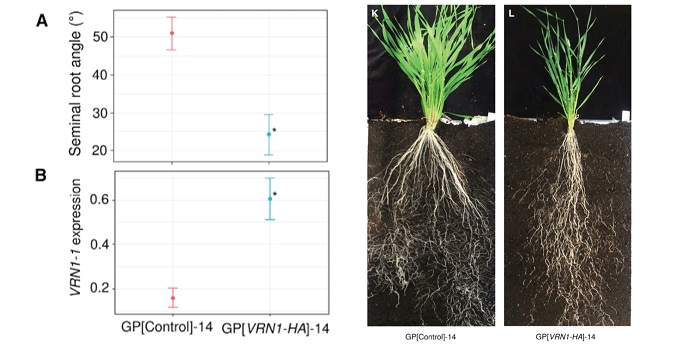
VERNALIZATION1 modulates root system architecture in wheat and barley
Blog, Plant Science Research Weekly, Research, Research Blog
Root angle determines the rooting depth and was recently associated with the VERNALIZATION1 locus. Using hexaploid wheat, Voss-Fels et al. mapped the root angle to the locus encoding the MADS-box transcription factor, which was previously associated with flowering time. The group found that the lines…
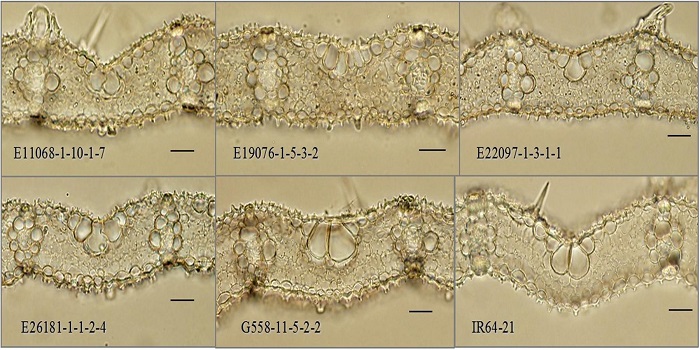
Increasing leaf vein density in rice results in an enhanced rate of photosynthesis
Blog, Plant Science Research Weekly, Research, Research BlogIncreased leaf vein density is considered to be a key early step in the evolution of C4 photosynthesis. Feldman et al. analyzed five mutants with high vein densities in the C3 crop rice to determine if photosynthetic assimilation was improved. The mutants all had higher photosynthetic rates under…
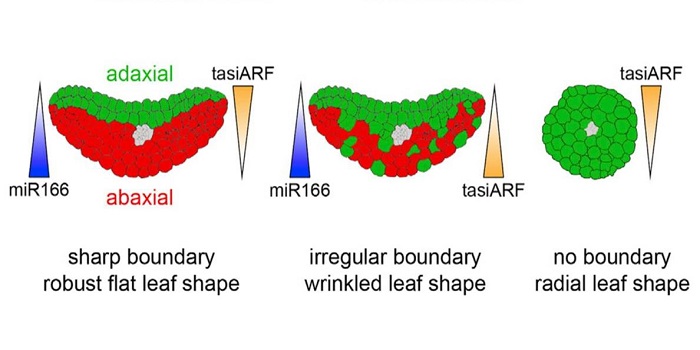
Boundary formation through direct threshold-based readout of mobile small RNA gradients
Blog, Plant Science Research Weekly, Research, Research BlogHow does a flat leaf form? Previous studies have indicated that the formation of a flattened blade depends upon a boundary layer between the upper and lower cell layers, and that mobile small RNAs contribute to this boundary, but how this occurs is not fully resolved. For example, although the small…

